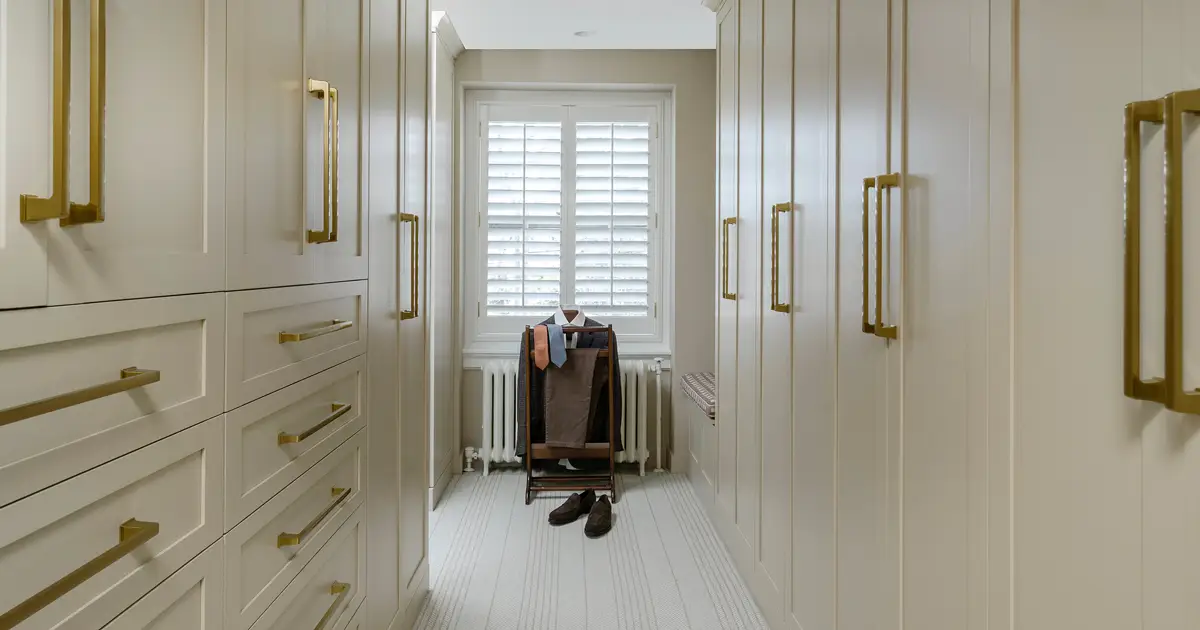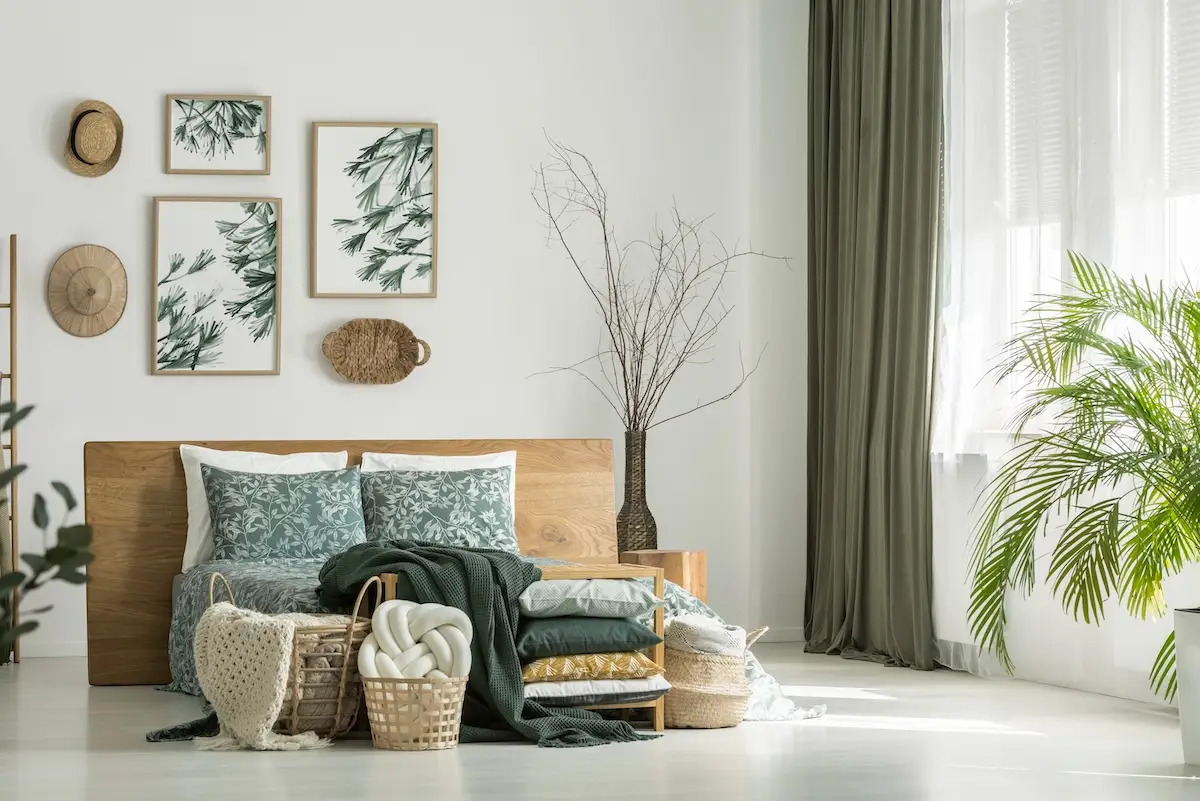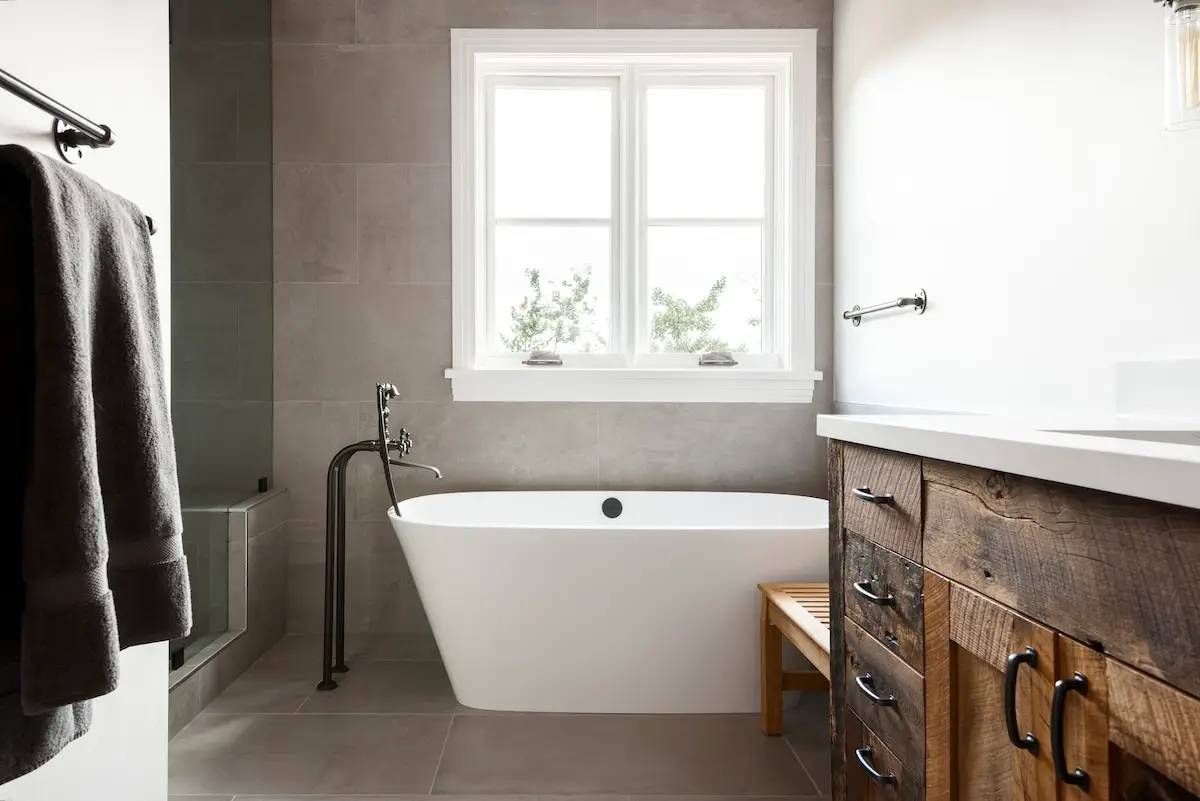Last week, we talked about aging in place. That is, the trend of older homeowners who desire or plan to live in their homes independently. To do so, many homeowners and families decide to remodel their homes to create a safer and more convenient environment. But what does that actually entail?
And that brings us to universal design. Universal design encompasses design principles that make buildings and environments accessible for everyone. Seniors are not the only ones who benefit from this type of design; universal design also provides accessibility and independence for anyone with disabilities and injuries. Anything that may affect someone’s mobility, safety, and convenience can be addressed with universal design.

The Principles of Universal Design
There are seven key principles for universal design. These guidelines were created by a group of architects, engineers, and designers to help guide others in constructing more usable products and accessible spaces. You can use these principles to both create a new space and upgrade existing designs.
Equitable use: Everyone should be able to use and access the building in the same way. If the means of use cannot be identical for everyone, then there must be additional means that are equivalent in terms for safety, security, and convenience, without segregating or stigmatizing any users.
Flexibility in use: Designs must allow for individual preferences and abilities. This includes accommodating right or left-handed access and providing information from both a seated and standing position.
Simple and intuitive: Designs should be obvious to navigate without needing prior knowledge or experience. Everyone should be able to know how to operate design features in a building right away.
Perceptible information: All users must be able to access necessarily instructions for building features, regardless of their sensory abilities. This might mean offering signs or directions in written, verbal, and tactile forms.
Tolerance for error: Building designs should minimize any potential hazards, accidents, or inconveniences for everyone. Otherwise, there should be warnings of hazards in a variety of sensory modes so that everyone knows to take caution.
Low physical effort: Everyone should be able to comfortably navigate through a building and use its design features. The designs should minimize the need for awkward or uncomfortable actions or body positions.
Size and space for approach and use: There should be plenty of space for everyone to move around, including those who may be using assistive devices or require personal assistance. Signs and other important design elements should also be in a clear line of sight for both standing and seated users.
How to Design Universally
If the seven universal design principles seem very broad, that’s because they are. They provide a general framework for homeowners to upgrade or build a home. Of course, it’s not as crucial for a single home to provide solutions for every limitation and disability as it would be for a commercial building. However, if you are planning to age in place, or if you or a family member needs better accommodations for independent living, these principles are a great checklist to use.
Stay tuned for the next few weeks as we further explore how to apply these universal design principles into different areas of the home.




